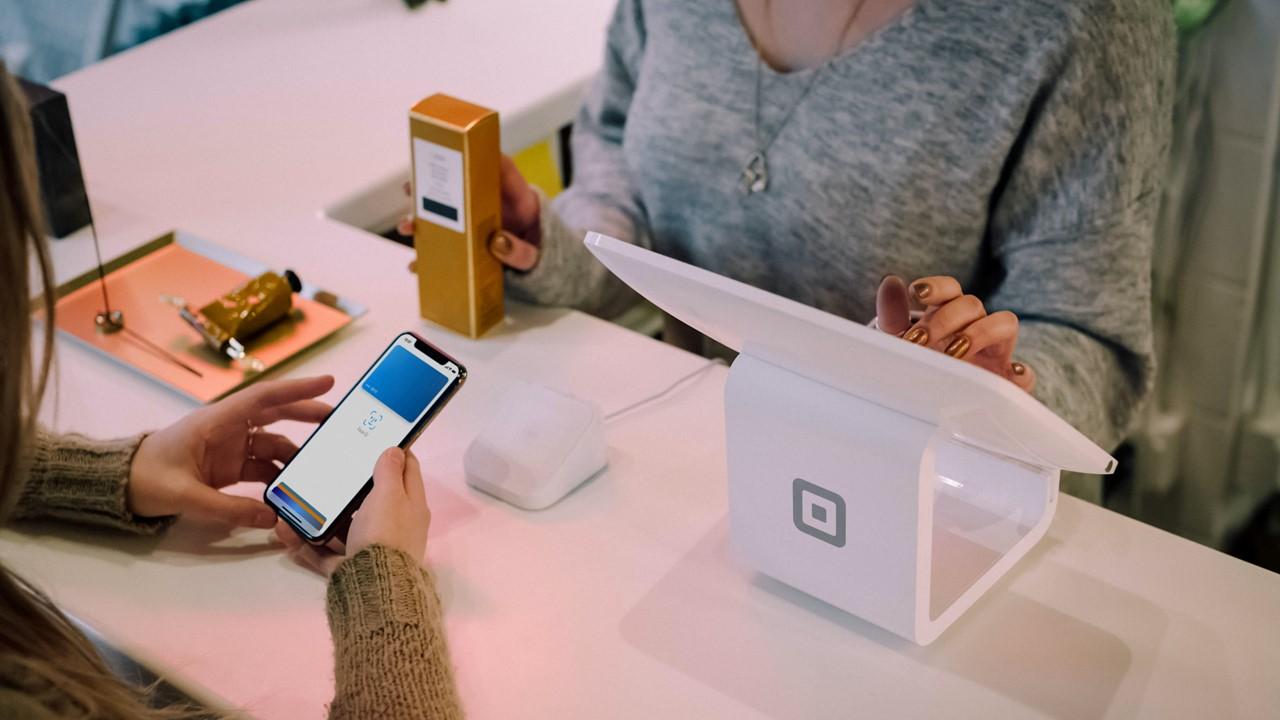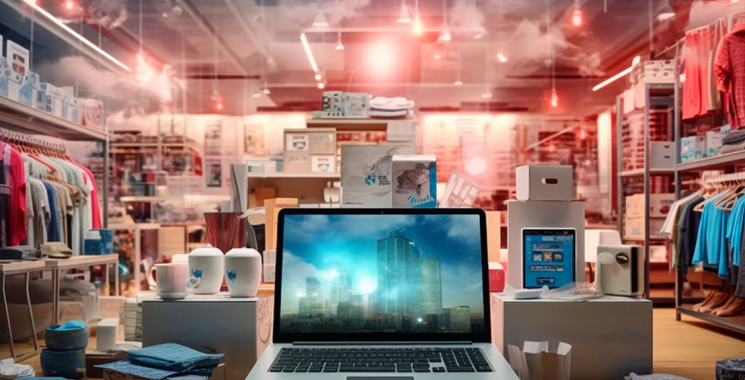
The end of the cash economy
62% of Australians now use card payments for everything where possible, Toluna research reveals
The Toluna COVID-19 Barometer is a bi-weekly index that taps into a community panel of 30+ million members providing accurate and timely information on the world’s perceptions regarding the Coronavirus. The latest research surveyed 1,091 respondents in Australia.
KEY FINDINGS:
The COVID-19 pandemic has accelerated digital adoption amongst consumers. As retailers shuttered their doors, bank branches closed, and social distancing encouraged online grocery purchases, many consumers made their first online purchases. And while online shopping and digital streaming services are up, many shoppers still prefer to go in-store for key personal items.
Banking & payments
With cash payments now frowned upon for hygiene reasons, it seems the majority of Australians prefer digital or card payments. According to the survey, 62% of respondents now use digital or card payments for every purchase, where possible.
Other digital payment options are also on the rise:
- 60% said they’re now very comfortable managing their financial services online,
- With 59% stating that now they’re used to managing their financial services online, they’re happy to continue doing this moving forward
- 38% are happy to get advice from financial institutions either online or via video
- And 50% would now like to see more innovation from financial institutions in terms of what kinds of services they offer
- Finally, 61% believe financial institutions should continue offering the same level of flexibility post-pandemic as they have done throughout the crisis
Shopping preferences
Despite the recent spike in online sales, a higher percentage of respondents still prefer to shop in store:
- 46% would much rather buy their personal care and toiletries in store (vs 11% who would prefer to buy these online. The rest were somewhere in between)
- 57% would much prefer grocery shopping in store to online (vs 8% who prefer online)
- 39% would strongly prefer to buy clothes in store (vs 11% who prefer online clothes shopping)
- 40% have a strong preference purchasing cosmetics and other beauty products in store (vs 14% who prefer online)
- 32% would rather buy tech items in store (vs 15% who have a strong preference for online)
Working from home
Although many expect a rise in remote working, 43% of respondents stated they would be happy to, and even want to, return to their workplaces. 11% said they want to return but don’t feel it’s safe yet. Only 13% stated they didn’t want to return at all.
Keeping fit
Even fitness has gone online, with 12% having taken part in free online or virtual fitness routines, and 6% having subscribed to paid fitness routines. With gyms having been closed on and tight restrictions, 25% have moved their exercise outdoors and 9% have bought or hired home exercise equipment. Only 19% said they’d let their fitness routines slip completely.
Health concerns
Compared with an earlier barometer in mid June, a greater number of Australians are (unsurprisingly) concerned about a second wave of COVID-19. In June, 49% of respondents were more worried about a 2nd wave than the economic downturn, compared to 42% who were more worried about the economy.
Now, as Victoria’s numbers continue to spike, 56% of Australians are more concerned about a 2nd wave than the downturn, vs 38% who are more worried about the economy.
If lockdowns were placed across Australia once again, nearly half (44.73%) of respondents would be ok to stay home for longer than 12 weeks. 11.37% for 9-12 weeks; 26% for 5-8 weeks, and 11.85% could only manage if it was less than four weeks. 6% of respondents would not be able to cope with lockdowns being reimposed.
“Australians have been forced to drastically change the way they bank and shop during the crisis, highlighting the necessity of real time insights. Although we expect to see a continued change in consumer habits, it’s encouraging for retailers to see many shoppers will still continue to come in store, when safe to do so. With many consumers preferring the convenience of digital payments, both retailers and financial institutions must closely monitor evolving consumer perceptions and habits and adjust their services accordingly to ensure shoppers have access to a number of payment options at their fingertips.” Said Stephen Walker, Business Director, Toluna, Australia & New Zealand.
Photo by Christiann Koepke on Unsplash












